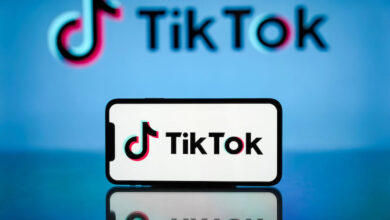What Generative AI Tools Can You Use for Code Generation?

Like it or not, generative AI is going to change the world of software development for good. Developers everywhere are figuring out how to use this latest generation of tools to do everything from generating code to debugging apps. But which tools do they prefer?
In theory, generative AI tools will free up software developers and engineers to focus on the more creative aspects of software development. However, it’s important to note that, although generative AI offers amazing potential for code generation and assistance, these tools are very much in their early days; good developers and engineers know to double-check any code generated by AI for accuracy and efficiency.
Where to Learn Generative AI
Are you starting from zero with your generative AI knowledge? Here are some handy online courses to help you learn what it’s all about, including several tutorials by Google:
Online learning portals such as Coursera offer courses from the likes of DeepLearning.AI, IBM, Vanderbilt University, and other institutions. For those who want to formalize things a bit, Udacity has a generative A.I. “nanodegree” program, with a focus on skills such as the OpenAI API, image pre-processing, and more; prerequisite skills include Python, neural networks, and more.
Generative AI Tools for Code Generation
Considering which tool to use for code generation? You have some options:
- Copilot (GitHub): GitHub’s AI tool features code completion, codebase analysis, support for multiple languages, and interoperability with a variety of third-party extensions. It also has a chatbot to answer queries and tackle developer questions.
- ChatGPT (OpenAI): Like other generative AI tools, ChatGPT offers code generation, software testing (via test case generation), and more.
- Tabnine: Speedy code competion, testing, and documentation via a chatbot.
- Snyk: Code generation with multiple models and an emphasis on cybersecurity.
- AlphaCodium: A platform designed to help large language models (LLMs) improve their ability to tackle coding problems.
Generative AI tools can prove powerful assistants, but they can’t replace humans. Instead, use them to automate some of the more mundane aspects of coding; make sure to always critically evaluate any AI-generated code so it aligns with your organization’s best practices. Once you’ve mastered the art of integrating AI into your workflow, you may see significant gains in your efficiency.



